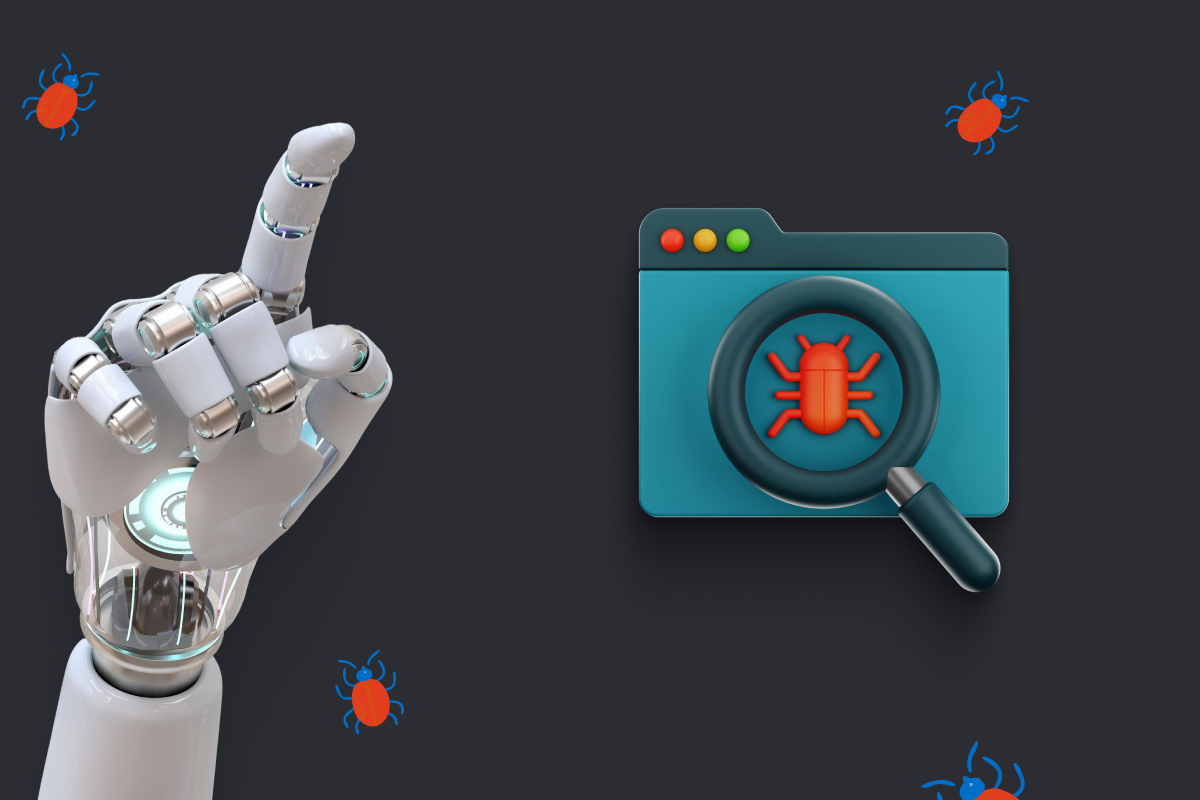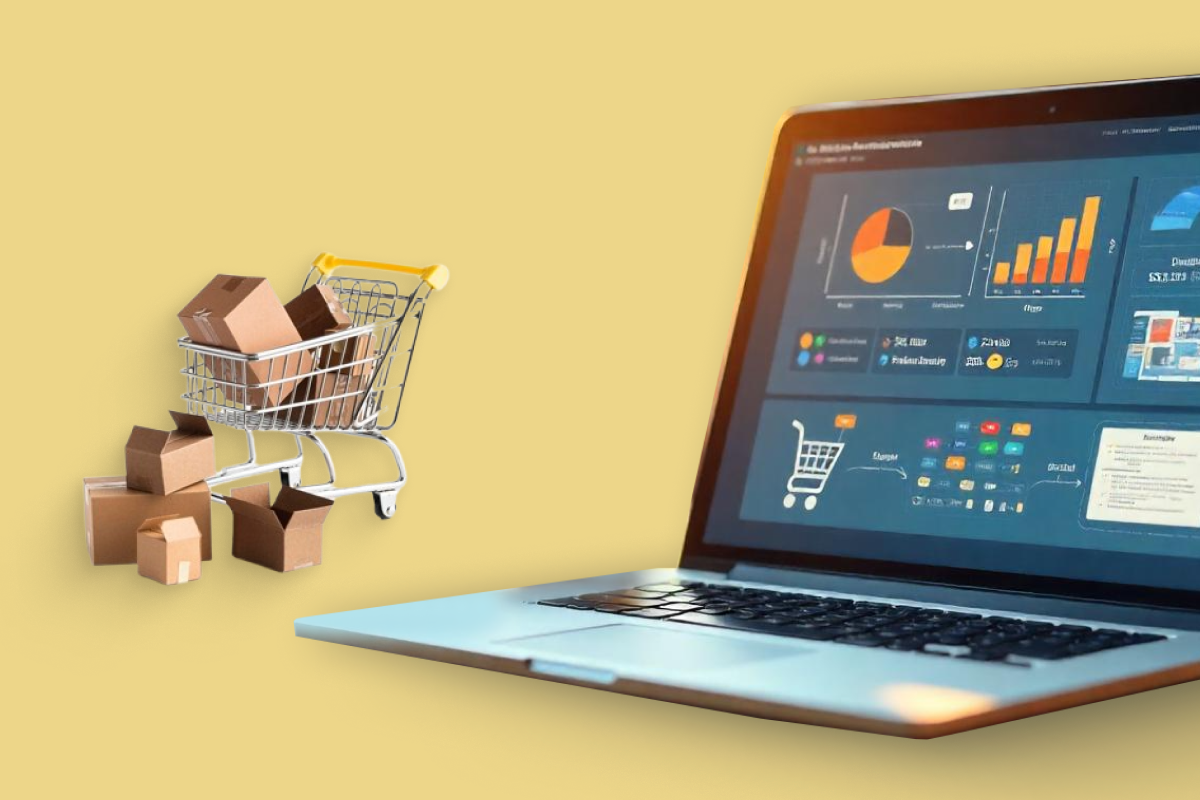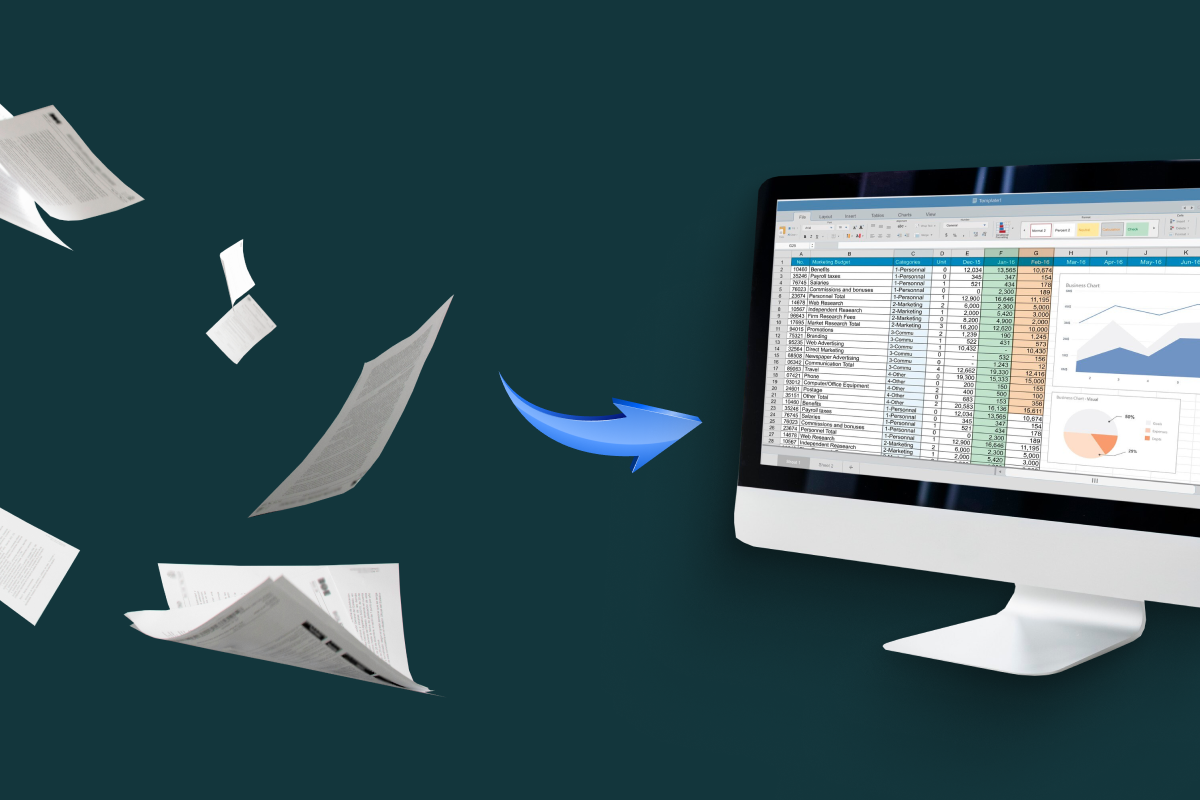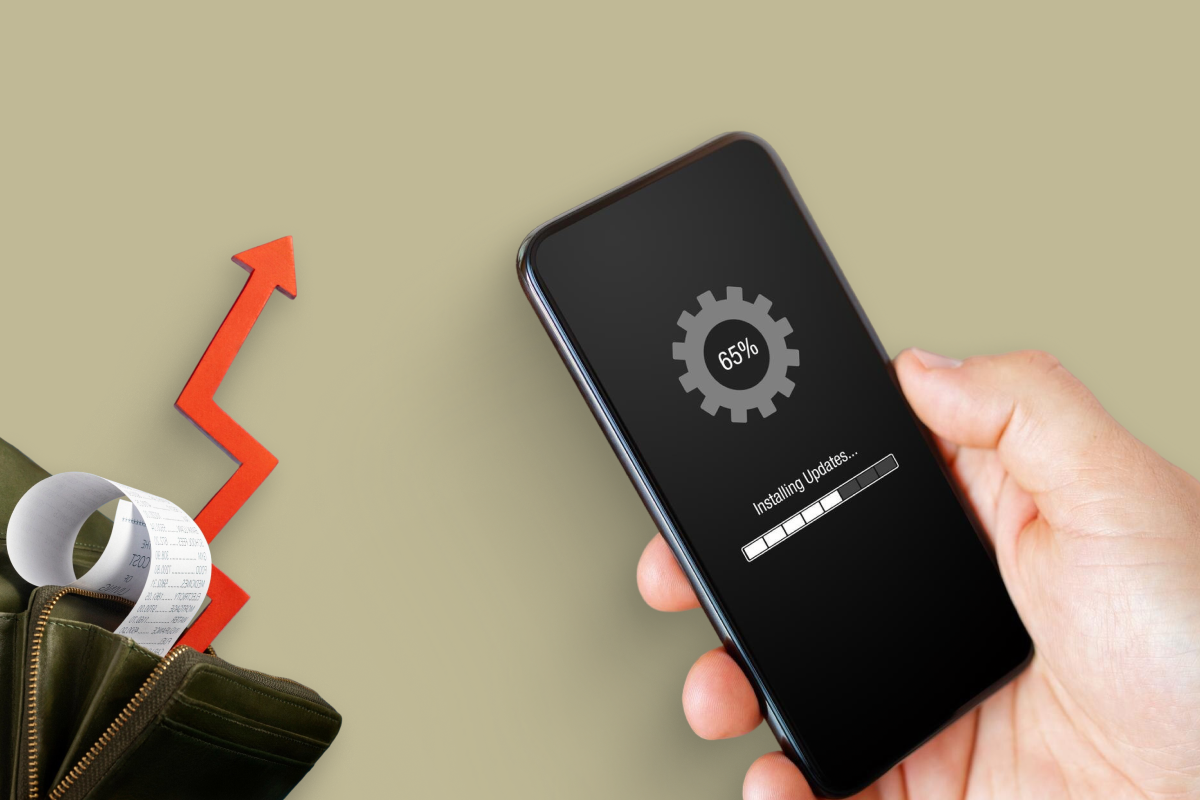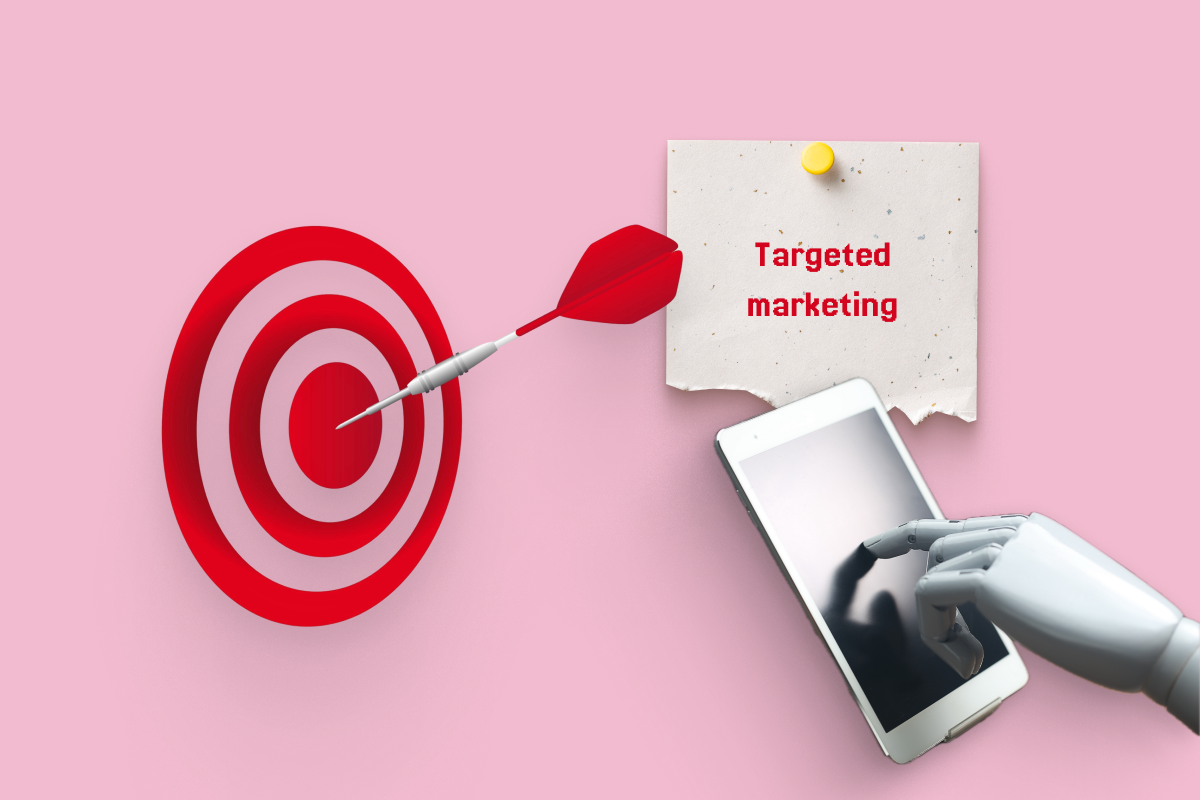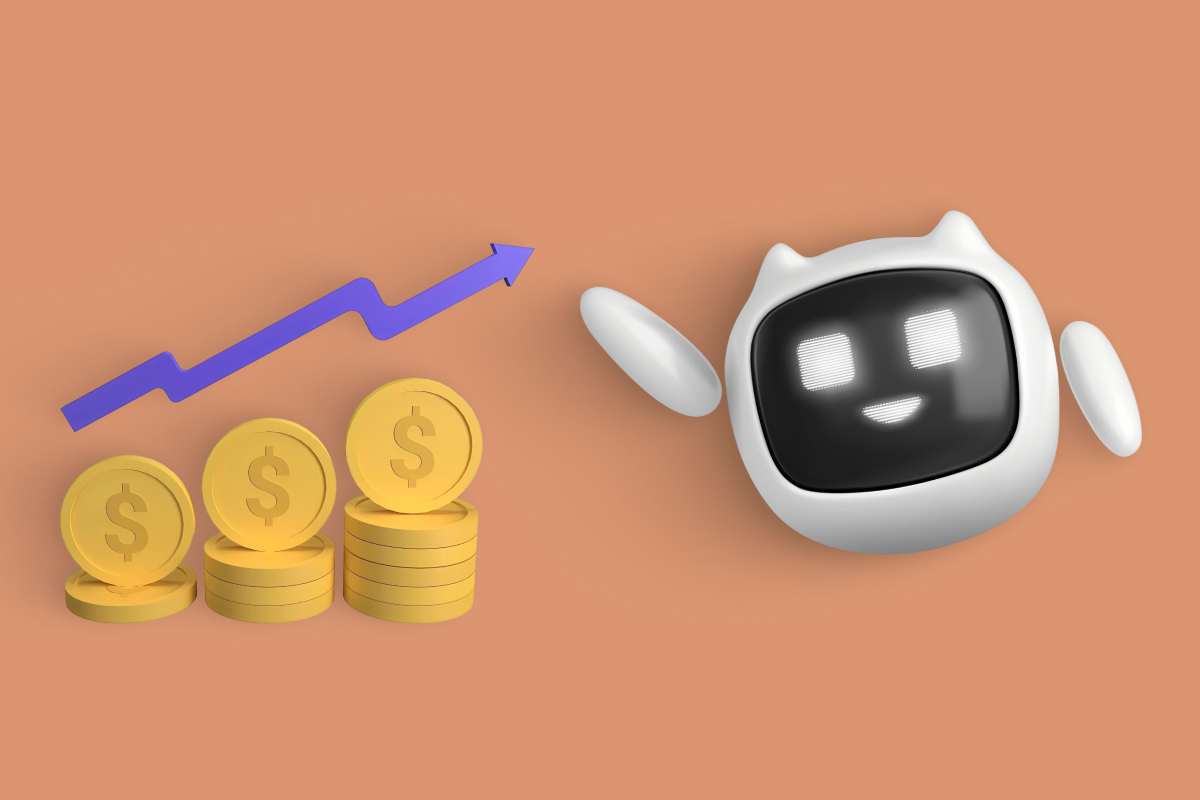Today online shopping is available from a smartphone that everyone carries in their pocket every day. Just a few clicks and you have already chosen the product and even paid for it. This is the whole point of e-commerce. But it includes not only the purchase of cups, clothes, toys and sofas, but also the purchase of software, applications in the App Store, insurance policies, football tickets and much more.
Electronic commerce (e-commerce) is any transactions, trading operations and money transfers made on the Internet. For example if you buy a book on the marketplace, or pay for a training course - all this is digital commerce.
In technical terms, e-commerce on the Internet stands on three pillars - a server, a database, and a system for delivering a product or service to a buyer. The first component is critical - a high-quality and fast server. The database is needed by large objects, and the delivery of goods or services does not require complex logistics.
E-commerce types
The e-commerce market includes:
- Online stores of clothing, groceries, furniture, household appliances and many other goods.
- International and local marketplaces. For example, AliExpress, Amazon, iHerb, Ozon and so on.
- Software e-sales services, including Google Play, App Store and others.
- All kinds of B2B services and platforms for selling business services and applications: for example, a CRM system, Tilda for creating websites using no-code tools, a system for monitoring and recording working hours. And other various services that business needs.
- Financial systems and online banking. Online banking and payments are now supported probably by all banks, and includes e-money systems like PayPal and much more.
- Courier services like Uber Eats, Bolt Food, postal services.
- Supply chain management - logistics and transport companies.
- Internet marketing and services for it. Including payment for advertising campaigns in Google Ads, as well as in social networks Facebook and Instagram.
- Transport services that are ordered and paid online: Uber or car sharing services.
- Electronic insurance services.
We can also divide online commerce on the Internet by end users. Then the types of e-commerce will be as follows:
- B2B (Business to Business). For example, companies sell their accounting software or CRM systems to other companies.
- B2C (Business to Consumer). For example, online store ASOS sells its clothes through the website to users around the world.
- C2B (Consumer to Business). For example, a freelance developer sells services to companies. Or an independent consultant conducts a business audit.
- C2C (Consumer to Consumer). Such model represents a market environment where one customer purchases goods or services from another customer using a third-party business or platform to facilitate the transaction. For example, online services for finding tutors, babysitters, home appliance repairmen.
- G2B (Government to Business). For example, the government provides a service for collecting and processing data.
- B2G (Business to Government). For example, a software development company fulfills a government order to create some kind of digital services.
- C2G (Consumer to Government). This is a situation where a consumer orders and pays for public services online, for example, registering a lease agreement or issuing a passport.
Where does e-commerce take place?
Online shopping evolves and shifts daily. People shop from their smartphones, computers or tablets. It doesen't matter where are you and what time it is. They patronize websites, visit social media pages, and participate in thriving virtual channels. Here’s an overview of three distinct methods of conducting e-commerce today.
Enterprise e-commerce
An enterprise e-commerce platform is a software system (either self-hosted or on-premise) that covers the complex requirements of a large business. With enterprise-level systems designed to scale along with your business and growth roadmap, your platform should be able to not only meet your business needs now, but also grow with your future sales volumes.
M-commerce
Mobile commerce is e-commerce adapted for mobile devices.
You can use apps for mobile applications or websites optimized for them. There is also a broader definition of mobile commerce. It includes mobile payments, money transfers, mobile banking, financial services, and mobile web and app purchases.
Check our case study considering M-commerce: UI/UX Design for a Mobile Auto Parts Market
Social media e-commerce
Social media can help you market and promote e-commerce stores to a wide audience. Just as social media enables you to connect with friends and family, it also has the potential to attract customers to your business.
Social media can help you:
- Attract new customers;
- Build brand awareness;
- Generate online sales.
E-commerce examples
Here are a few niches of successful E-commerce implementation:
- Online services for receiving utility bills, fines, registrations, etc. The multimeter queues at the bank to pay utility bills are long gone. Digital services are available from any computer or gadget. It is enough to connect to Internet banking and calmly pay from home for an apartment, rent, credit and so on.
- Catalog websites, bulletin boards, aggregators of services and goods. The popularity of trading sites between individuals and companies is over the top. The possibility of booking tickets, hotel rooms opens up great prospects for the development of this niche.
- Sites distributing films or books on a paid basis, streaming platforms. Intellectual property has also become a digital product, so the results of the work of writers, musicians, directors are actively sold in the online space.
- Online shops, online auctions, online banking, advertising, marketing and many other areas thrive in a virtual environment. It's no need to go for a shopping to the mall - almost everything you need is available online.
Since 1998, e-commerce has smoothly reached a turnover of 3-3.5 trillion dollars over 20 years of activity. E-commerce leaders - China, USA.
E-commerce challenges
Cybersecurity
To be successful online, you need to earn the trust of your customers. Robust privacy protection and cybersecurity are key factors. So if your e-commerce store does not provide optimal security, no one will dare to buy your products. Plus, a single security breach can jeopardize your entire business that you've worked hard to build over the years.
A successful attack can have a huge impact on a business—whether it be direct losses from disruption to a company, customer churn due to reputational damage, regulatory fines, or most likely a combination of the three.
Organizations must implement proactive security measures to prioritize fraud detection, allowing to quickly solve all incidents. Retailers must try to stay one step ahead. In-house innovation and collaboration with security companies help assess and strengthen cyber resilience in critical areas.
Competition
There are dozens of retailers that offer the same products and services as you, so you need to find a way to be different. The easiest way to do this is to study the target market and competitors. Determine which products and services are in high demand and make them essential.
The next step is to create a unique brand presence. For example, try a ubiquitous strategy to promote your brand across all channels like social media, blogs, paid advertising, etc. Thus, you will increase recognition and loyalty. Remember that online businesses with customer loyalty programs are on average 88% more profitable than those without such programs.
If you do not invest in online store promotion, you will not find it on the first pages of search results. Customers will not go further than the third page and will quietly buy from competitors, even at higher prices.
Technical difficulties
Technical challenges beyond your control can negatively impact sales. Just as a hiccup in your supply chain can prevent timely delivery of products, internet issues, or a hard drive failure can cost you time and money.
Remember, for every technical issue that may arise, there’s likely a solution or a preventative measure you can take. Be sure to backup your data regularly. Using a store like Amazon can help mitigate these risks with an established, trusted technical infrastructure.
Conclusion
Looking at how the number of online stores and marketplaces in the world is growing, how more and more goods and services are going online due to the economic situation and the pandemic, we can say with confidence that online trading will only develop by leaps and bounds.
Ready to build or optimize your e-commerce business? Let our experts help you navigate the digital marketplace—contact us today!
















































